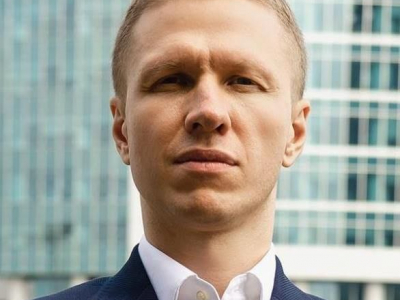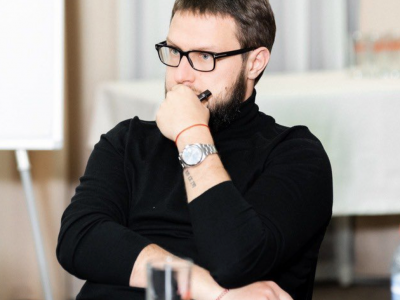In 2014, MIT computer science student Jeremy Rubin handed out a bunch of bitcoins worth $100 to campus students. Some of the students spent coins to pay for their lunch at a Japanese restaurant.
In 2014, Jeremy Rubin, a computer science and electrical engineering student at the Massachusetts Institute of Technology, launched a campaign to give out $100 worth of bitcoins to campus residents, CNBC revealed. Students who wanted to receive bitcoins had to fill out several forms and view materials about cryptocurrencies and blockchain. Rubin, who by that time had already won the local Node Knockout hackathon for creating the Tidbit mining program, wanted to popularize cryptocurrencies and make other MIT students familiar with digital money.
After receiving donations totaling $500,000 from alumni of the world's leading tech university and bitcoin enthusiasts, Rubin handed out bitcoins to 3,108 students. The bitcoin price fluctuated around $336 at that time. Transactions were made through the MIT Airdrop address.
According to Christian Catalini, co-author of Facebook's Diem stablecoin project, then in 2014, one in ten students chose to cash out bitcoins into dollars by the end of the first two weeks. By the end of the experiment in 2017, every fourth participant had entered fiat. After that, they stopped tracking transactions.
Many students spent bitcoins on food. Van Phu, now a software engineer and co-founder of crypto broker Floating Point Group, recalled with bitterness that he spent most of his bitcoins on two dinners at a sushi restaurant. “One of the worst things and one of the best things at MIT is this restaurant called Thelonious Monkfish,” said Phu. “I spent a lot of my crypto buying sushi.”
Phu wasn't the only one who spent bitcoins to pay for food in the cafeteria. Trader Sam Trabucco, who also took part in the experiment, calculated that half of the students he knew also spent their free bitcoins in that Japanese restaurant.
“It was the only restaurant in Cambridge that was accepting bitcoin at the time, and it was a pretty popular spot,” he said. Since then, the restaurant changed its name and stopped accepting payments in cryptocurrencies.
Phu, Rubin, and Trabucco did not disclose how many bitcoins they saved after the experiment.











